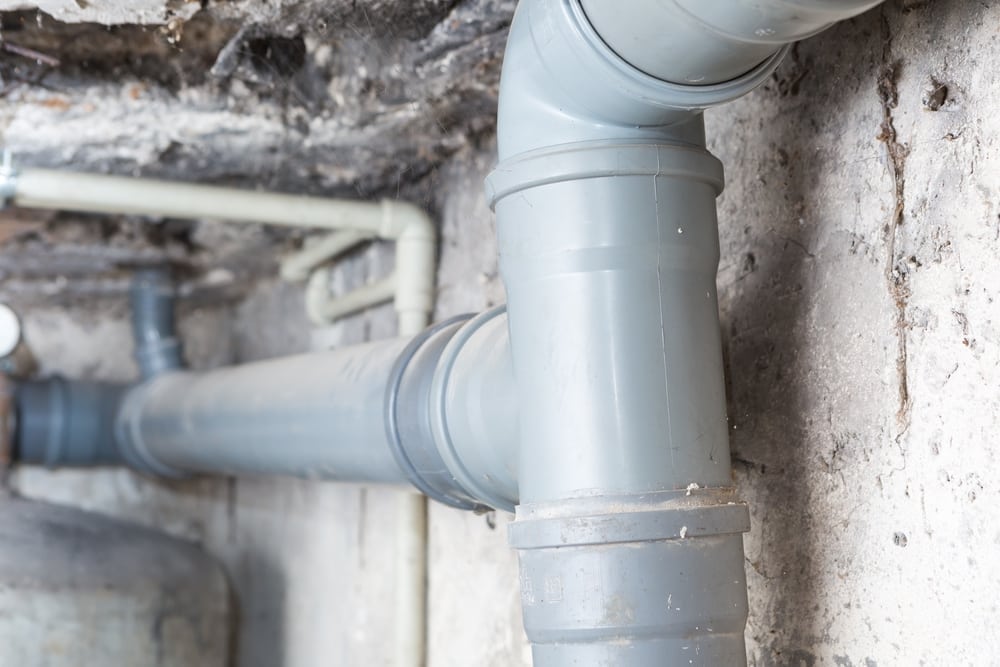Sewage Backups in Homes – What Causes Them?

Sewage is a form of black water – highly contaminated floodwater that comes from sources like the public sewer or the street. Consequently, homeowners who have sewage backup in their homes need to fix the flooding quickly or risk endangering their health and their property. To help prevent sewage backups in their homes, here’s some valuable information all property owners must know.
Sewage Backup Causes
- Clogs –Sewage can back up into a home when either the home’s drain pipes or main sewer line become clogged. For example, if one toilet creates a sewage backup, the drain connected to that toilet will likely be clogged. But if all toilets or bathtubs in the home create backflows, then there may be a clog in the main sewer line. Clogs can consist of hair, grease, or other solid materials that end up in the drains.
- Tree Roots –Trees can grow long roots that intertwine with the sewer line. Roots can grow into a pipe and cause holes or crush the sewer line by growing around it. Even if the roots in the yard are not the problem, roots from nearby trees can reach the sewer line and damage it.
- Damaged Sewer Lines– In the past, pipes were made of cast iron and clay piping which didn’t last very long. Aging sewage systems can break down and crack, causing sewage backups and flooded basements. Plastic sewer lines have now become the norm.
- Heavy Rainfall –A large amount of rain can overburden the city’s sewer lines. If the public sewer can’t handle excess rainfall, the water can make its way into connected sewer lines. This puts the home at risk of water backflows.
How to Prevent Sewage Backups
- Not pouring grease down the drain –Cooking oil can harden within pipes; it gradually stops debris from draining, creating a clog. To properly dispose of grease or fat, it should be poured into a heat-resistant container and thrown it in the trash after it cools off.
- Disposing of paper products properly – Flushing hygiene products such as paper towels, diapers, or feminine products down the toilet can easily clog a sewer line. Thus, all paper products should be discarded safely in the trash.
- Installing a new plastic pipe or cutting tree roots –To prevent tree roots from damaging the sewer lateral (the line buried in the yard), it should be replaced with a new plastic pipe. If tree roots still grow in the sewer lateral, the roots should be cut occasionally.
- Installing a backwater prevention valve –This fixture allows sewage to leave but prevents it from backing up into the home. Backwater valves are typically installed into a sewer line and sometimes into a drain line in the basement.
If sewage backup occurs in their home, property owners must call a restoration professional right away to remediate the black water damage. Handling the contaminated water can put one at risk of contracting diseases. The PuroClean team stands ready to provide professional restoration services to any property affected by fire, water damage or mould damage.



